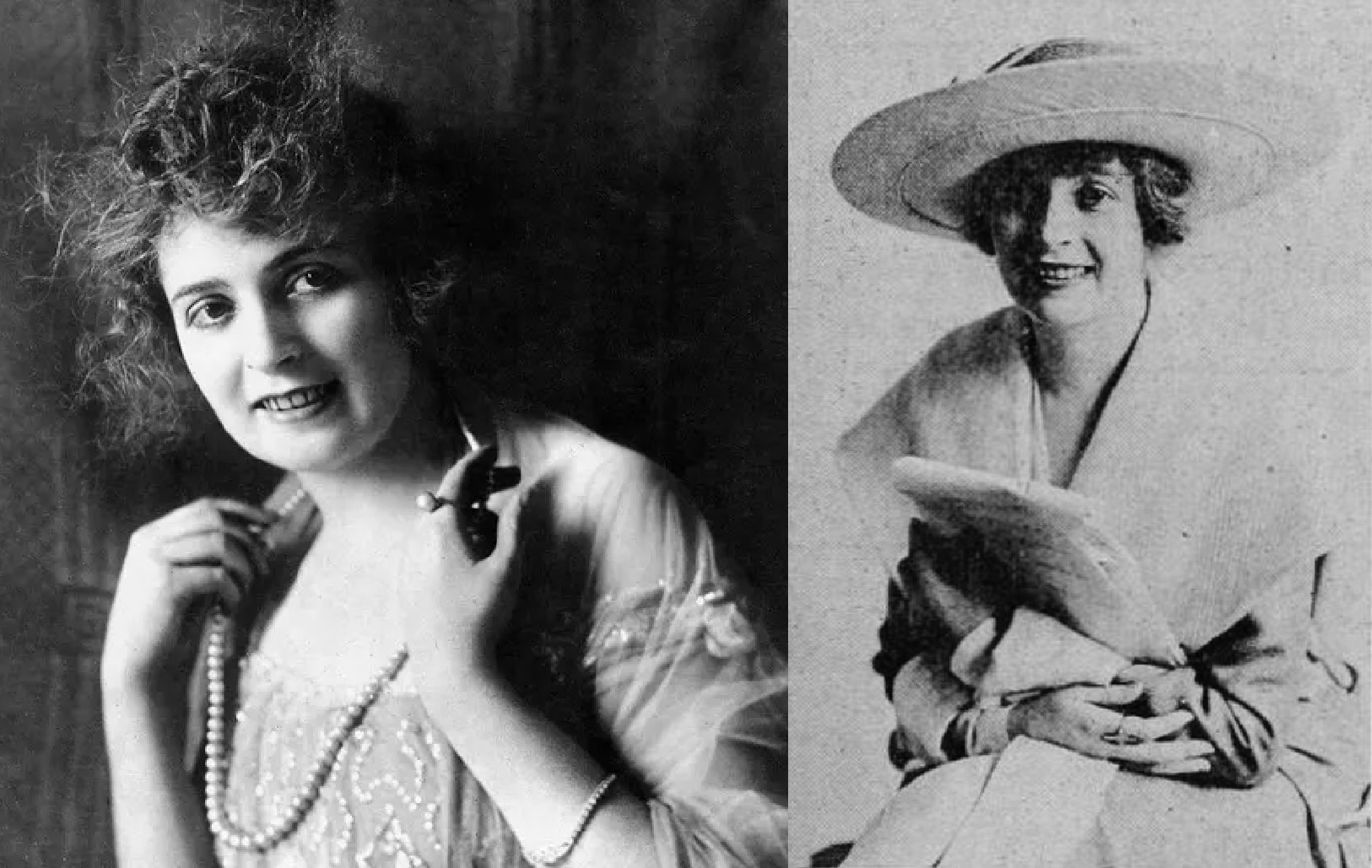
Introduction
Myrtle Gonzalez, born on September 28, 1891, in Los Angeles, California, emerged as a shining star in the silent film era, leaving an indelible mark on the history of cinema. Despite a brief but impactful career spanning from 1913 to 1917, Gonzalez’s contributions to the entertainment industry, her personal life, and the challenges she faced as a Latina actress continue to resonate. This article delves into her early life, rise to stardom, personal relationships, obstacles encountered, controversies, untimely death, and lasting influence on future generations of Latina actresses.
Early Life and Education
Myrtle Gonzalez’s upbringing was rooted in a blend of Mexican-American and Irish-Californian cultures, shaping her aspirations in the entertainment sector. Born into the family of Manuel George Gonzalez and Lillian L. Cook, Myrtle’s childhood included two siblings, Stella M. Gonzalez and Manuel G. Gonzalez Jr. Her early exposure to her mother’s opera singing laid the foundation for her own talent as a child soprano, captivating audiences in local church choirs and theaters.
While specific details about Myrtle’s formal education remain elusive, her diverse skills, including singing and acting, suggest a blend of academic and professional training. Her early performances alongside esteemed actresses like Fanny Davenport and Florence Stone hint at a well-rounded education in both singing and acting.
Rise to Stardom
Myrtle Gonzalez’s journey into the world of entertainment began in her teenage years with appearances in local vaudeville shows, musical productions, and her film debut in 1913 with “The Yellow Streak.” The turning point in her career came in 1915 with the Vitagraph feature film “The Chalice of Courage,” where her portrayal of Enid Maitland catapulted her to stardom.
Her prolific career included 80 films, with notable collaborations with William Desmond Taylor at Vitagraph and later successes at Universal Studios. Films like “The Little Sheriff” (1914), “The Secret of the Swamp” (1916), and “The Girl of Lost Lake” (1917) showcased her versatility, earning her a reputation as an adventurous heroine in the industry.
Personal Life and Relationships
Myrtle Gonzalez’s personal life included two marriages. Her first marriage, around 1910, was with James Parks Jones, a film producer and director, resulting in the birth of their son, James Parks Jones Jr., in 1911. The couple parted ways around 1915. In 1917, Myrtle entered her second marriage with Allen Watt, an actor and director. Their union led to her temporary retirement from acting as they ventured to Camp Lewis in Washington State, where Watt served as a US Army officer.
Despite the challenges posed by Myrtle’s delicate health, the couple’s love endured until her untimely death in 1918. Their story reflects a unique chapter woven with threads of showbiz, romance, and resilience.
Obstacles Encountered as a Latina Actress
Myrtle Gonzalez faced numerous challenges as one of the first Mexican-American actresses to achieve success in Hollywood during the silent film era. Underrepresentation, restricted chances for starring roles, and bias and unfair treatment were significant hurdles. The industry often pigeonholed Latina actresses into stereotypical roles, limiting their opportunities for diverse and leading characters.
Gonzalez’s experience echoes the ongoing struggles faced by Latina actresses today, with underrepresentation and biased practices persisting in the industry. The article calls for Hollywood to address these issues head-on and create a fair and inclusive environment for Latina actresses.
Controversies
Myrtle Gonzalez’s life was not devoid of scandals and controversies. From an affair with director Herbert Blaché, leading to a messy divorce in 1922, to facing discrimination based on her appearance and surname, her journey was marked by drama. Rumors of romantic entanglements with co-stars, including Hollywood heavyweight Francis X. Bushman, added spice to the gossip mills. These controversies, though unconfirmed, contributed to the intrigue surrounding Myrtle Gonzalez’s life.
Death and Legacy
Myrtle Gonzalez’s untimely death at the age of 27 in October 1918, during the Spanish flu pandemic, marked a profound tragedy. Despite her short career, her impact on future generations of Latina actresses is undeniable. Her defiance of limited Hollywood roles for Latinx performers and her portrayal of strong, independent characters, such as Lolita Pulido in “The Curse of Capistrano” (1920), paved the way for more diverse representations in film.
Myrtle Gonzalez’s legacy lives on through recognitions and homages. Awards like the Bronze Plaque from Photoplay Magazine and being honored as “the most beautiful woman in Mexico” by Alma de Mexico magazine underscore her influence. In 1960, she received a star on the Hollywood Walk of Fame, solidifying her status as a trailblazer and a beloved figure in the history of cinema.
Conclusion
Myrtle Gonzalez’s journey from a child soprano to a leading actress in the silent film era is a tale of talent, resilience, and triumph over adversity. Her impact on the industry, coupled with her philanthropic endeavors and commitment to challenging societal norms, leaves an enduring legacy. As Hollywood grapples with ongoing challenges of diversity and representation, Myrtle Gonzalez’s story serves as a poignant reminder of the progress made and the work still to be done. Her contributions continue to inspire and shape the future of Latina actresses in the entertainment industry.
I Suggest You Visit latestdash.com To Get More Information Thanks!
Stay in touch to get more updates & news on Glamour Tribune!
